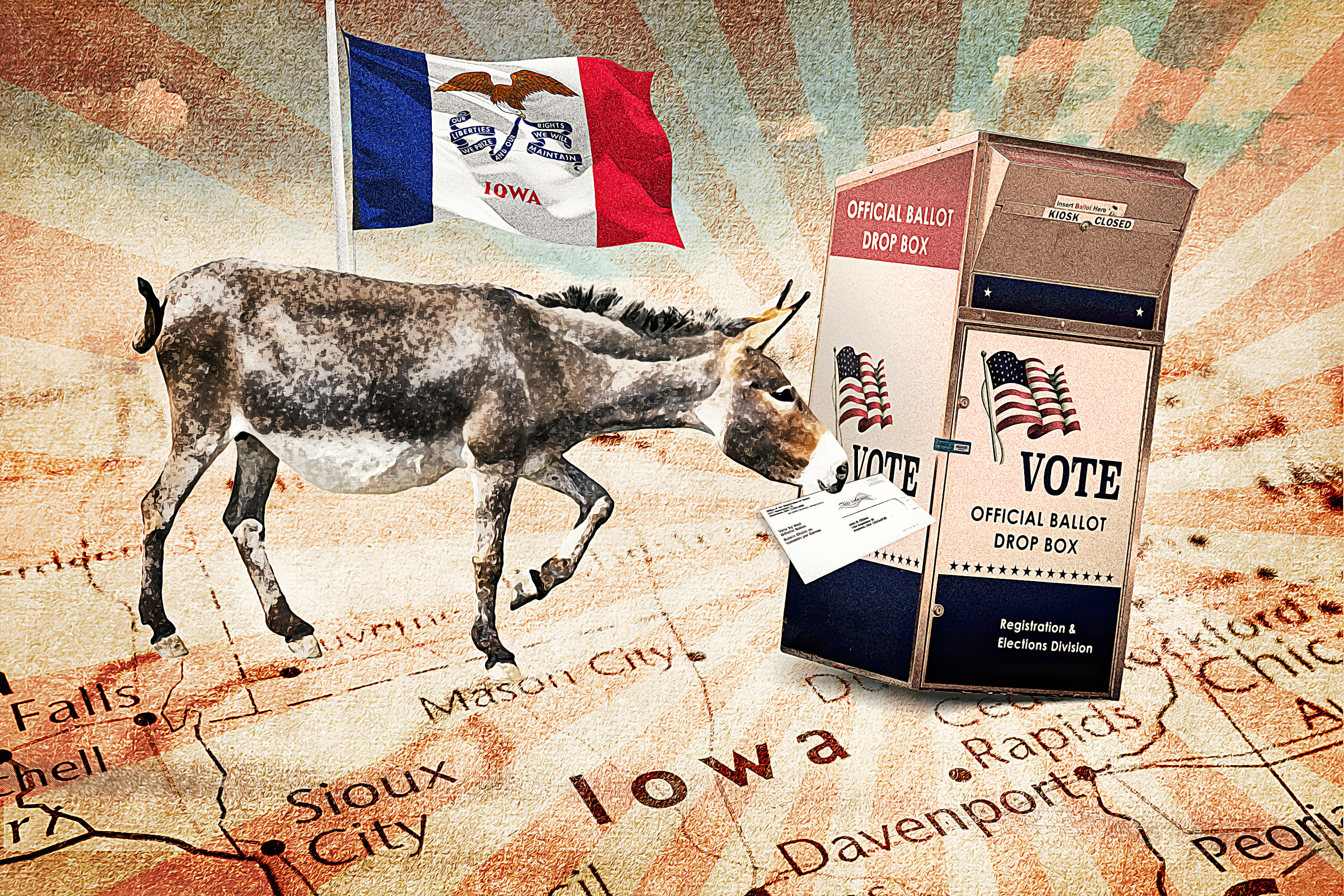News Analysis
Iowa Republicans will be the first in the nation to weigh in on the competitive Republican presidential race, as they continue their long-time Iowa Caucus tradition on Jan. 15, 2024.

Iowa Republicans will be the first in the nation to weigh in on the competitive Republican presidential race, as they continue their long-time Iowa Caucus tradition on Jan. 15, 2024.